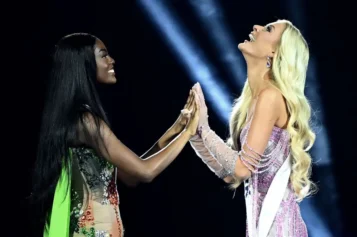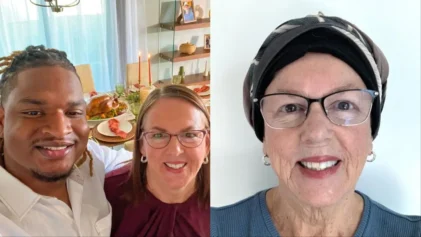Experts and community groups in Texas say Black and Hispanic neighborhoods have been hit hardest by power outages resulting from the winter storm that brought near-record snow totals to the area, and left nearly 4 million people without power across the state.
“Whether it’s flooding from severe weather events like hurricanes or it’s something like this severe cold, the history of our response to disasters is that these communities are hit first and have to suffer the longest,” said Robert Bullard, a professor at Texas Southern University.

“These are communities that have already been hit hardest with Covid,” Bullard told The New York Times. “They’re the households working two minimum wage jobs, the essential workers who don’t get paid if they don’t go to work.”
While hundreds of thousands of homes in the Austin area were without power Monday night as more than a half-a-foot of snow blanketed the area, the downtown area remained lit.
A photo shared to Twitter by Austin American-Statesman journalist Ryan Autullo showed power divide between the downtown area and East Austin, a historically Black and Hispanic neighborhood.
Houston environmental groups said Black and Latino neighborhoods northwest of the city were the first to lose power.
“The pipes are freezing. They’re out of water and electricity,” said Ana Parras, co-executive director of Texas Environmental Justice Advocacy Services, or Tejas, a community group that serves local Black and Hispanic communities.
She added that these vulnerable communities are also build with poorer infrastructure and may have less insultation, making it even more difficult to stay warm in frigid conditions.
On Tuesday evening, Austin Energy released a statement on the divide in terms of power outages.
“This is a complicated, inter-connected network which includes critical buildings like the Dell Seton Medical Center, warming centers, the COVID-19 Alternate Care Site, Capitol Complex and Austin City Hall, as well as other critical infrastructure and government buildings. Shutting down the downtown network would also cut off electricity to these critical buildings, which may also house vital communications equipment.”
Meanwhile, residents in communities without power struggled to stay warm.
“I need to take my kids somewhere to keep them warm. I don’t know where,” said Ricardo Cruz, 42, a resident of the Alazán-Apache housing project in San Antonio, one of the city’s poorest zip codes.
His five children range between 5 and 13 years old.
Texas Gov. Greg Abbott took advantage of the outages as an opportunity to explain why the Green New Deal would be detrimental for residents.
“This shows how the Green New Deal would be a deadly deal for the United States of America,” Abbott told Fox News’ Sean Hannity.
Houston rapper Bun B blasted Abbott in an Instagram post, writing, “So you privatized energy in the state and now it’s blowing up in your face. And you blame renewable energy, which is only 10% of the energy in this state? Texas deserves better than this @governorabbott so get off Fox TV and get the power back on!”
Austin Energy said it would look for ways to conserve power in the downtown area in the future. After images of the power divide in the region were shared on social media, the Downtown Austin Alliance asked residents to “turn-off all nonessential electrical uses – including building lights, especially exterior ones.”
“It’s like we’re being tortured,” said Shay Cooks, a Dallas resident who went 24 hours without a warm meal. “We’re gonna need to go somewhere. I’m gonna make some calls,” she said. “They ought to give everybody a gift car when this is all done with. Especially people on a budget.”


